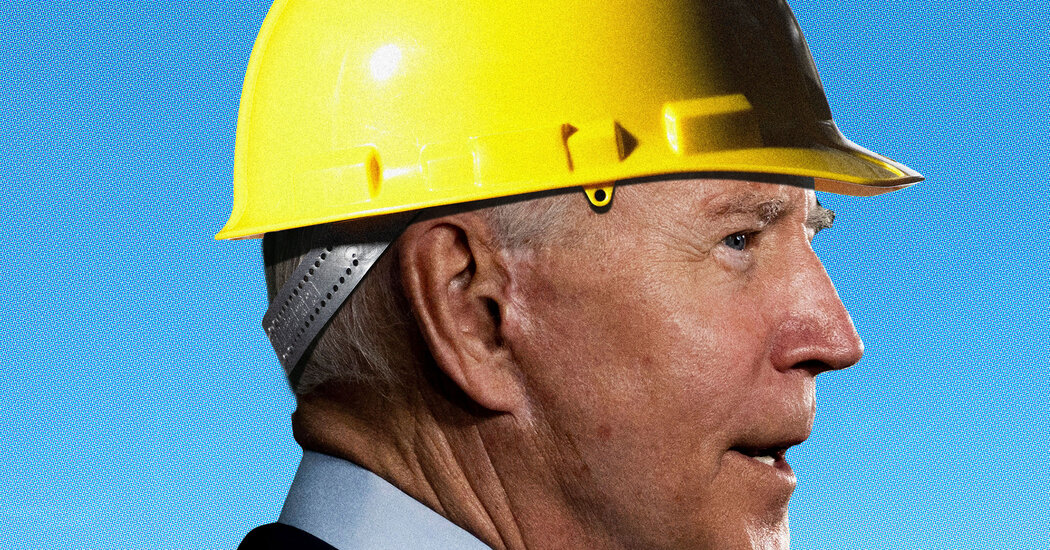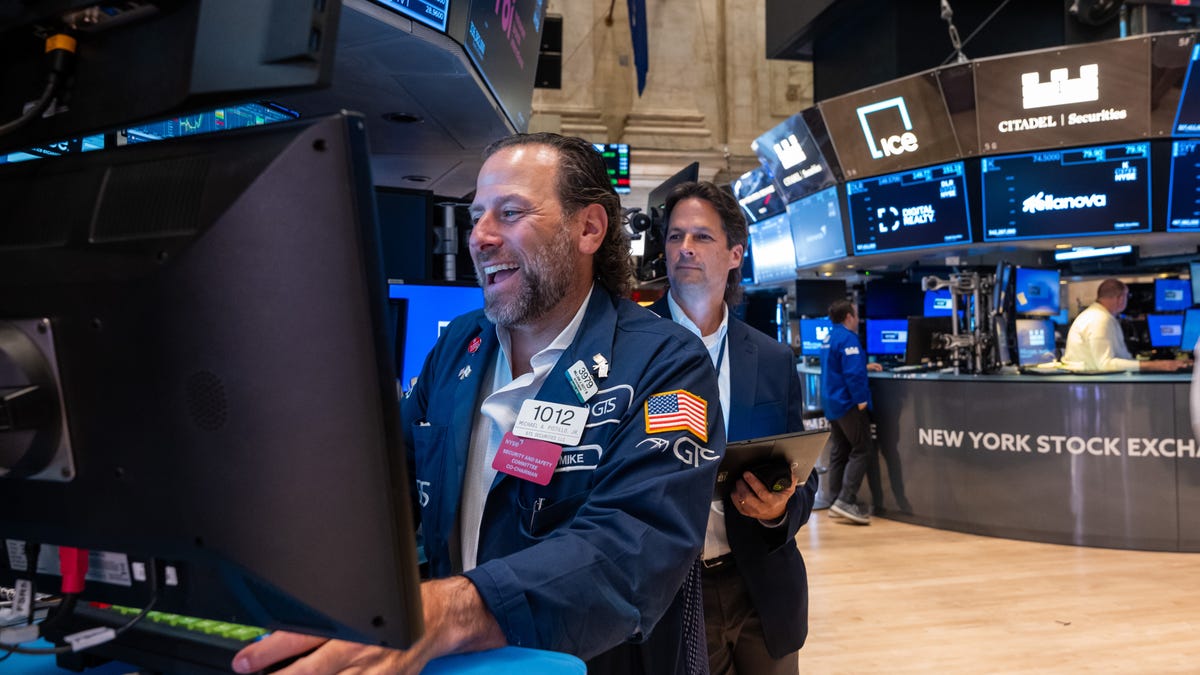During Donald Trump’s rise to power, many mainstream analysts attributed his support to “economic anxiety.” They argued that Make America Great Again (MAGA) was a reasonable response to deindustrialization and job losses in the heartland. However, this reasoning has lost traction over time.
Although Trump was preoccupied with trade deficits, his unorthodox policy ideas, which focused on reviving manufacturing, failed to bear fruit. The recently elected President Biden, on the other hand, has seen a sudden surge in investment in manufacturing.
The numbers speak for themselves. The following chart shows annotated manufacturing construction spending:
Despite the 2017 Trump tax cut, which aimed to promote U.S investment, the trade war, which began in 2018, failed to produce any significant results. However, under Biden, investment in manufacturing has increased significantly, more than doubling in the past year alone.
When looking at the long-term, the raw dollar figures alone can be misleading, as spending needs to be compared to the size of the economy as a whole. However, the annually provided data from the Census going back to 1993 shows that manufacturing construction as a percentage of GDP has reached record levels over the past three decades with the highest being earlier this year.
The manufacturing boom is being driven by two major pieces of legislation that promote green energy subsidies and the production of semiconductors to enhance national security. The ultimate impact of these policies will likely be much greater than these numbers suggest. Additionally, it takes time to plan and begin work on new manufacturing plants, so there’s possibly much more spending in the pipeline.
The reasoning for the success of Biden’s policies and not Trump’s lies with the latter’s incompetency with tariffs raising costs and reducing manufacturing employment instead of promoting it. The Trump tax cut, which was aimed at encouraging corporations to invest the increased profits, was a complete failure since corporations ended up using the money to buy back their shares instead of investing the money in their infrastructure.
Biden’s industrial policies, however, are mainly focused on promoting demand for locally manufactured products; for example, by funding electric vehicles’ purchase subsidies. Business investments are more responsive to demands than tax cuts, which are far less sensitive than legend suggests. Thus, it isn’t surprising to see a significant manufacturing resurgence in America today.
However, even with this manufacturing renaissance, America cannot return to the high manufacturing numbers of 1970, even with these policies. It is still primarily a service-oriented economy and will likely remain so, but these policies will help the lagging regions in the heartland and are designed to help workers without college degrees.
Additionally, rapid growth in a particular sector may not always translate to economic success. For instance, previously, there was an explosion of resources to Bitcoin mining, which produced nothing of real value. It’s essential to note that the manufacturing boom, driven by Biden’s industrial policies, is a positive thing as it’s part of a renewable energy transition vital to preventing climate catastrophes.
The success of Biden’s manufacturing policy cannot be judged purely by the impressive investment numbers and needs to align with a broader societal vision. However, the policy would undoubtedly have been considered a failure if it hadn’t produced a manufacturing boom. Therefore, it’s excellent news that the boom is happening, exceeding even the most optimistic expectations.
Quick Hits
Resurgence of industrial policy.
Neo-mercantilism?
Green trade tensions.
About Trump’s trade war.
Facing the Music
Source photographs by Jim Watson and Ryan McVay/Getty Images













